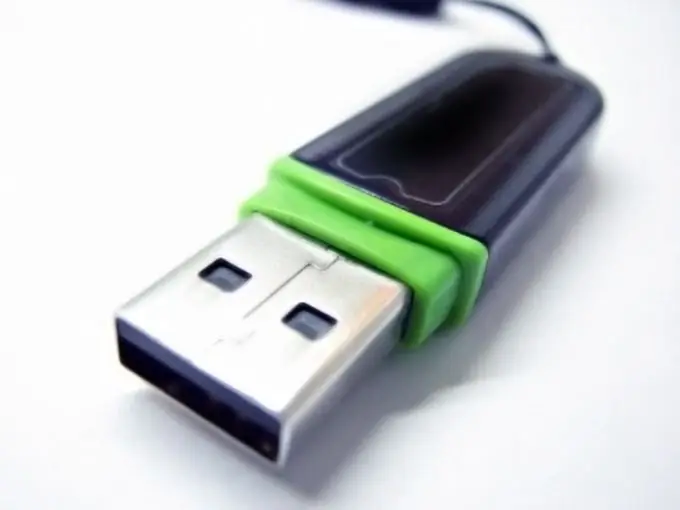Now computer technologies are actively developing - what a year ago caused surprise, tomorrow will be an everyday occurrence. Many new products are released, new software developers appear. But the user of a personal computer does not always keep up with the release of new products. For example, flash media have recently decreased in size, but added in weight to the amount of information that they can record. Thus, some media do not want to copy large video files.

Necessary
System change of the file system of flash-media
Instructions
Step 1
It turns out that the problem lies not in the novelties of the modern media industry, but in the users themselves. A competent computer user understands that the inability to copy large files indicates that the flash drive is not formatted correctly. By default, they are formatted to FAT 32. This file system does not support files larger than 4 GB. It turns out that the solution to the problem is quite obvious: you need to reformat the USB flash drive to perform the copy we need.
Step 2
Insert the USB flash drive, give the operating system time to fully determine the presence of flash media. Go to "My Computer" - select the USB flash drive - right-click to open the context menu - the item "Format". Select the desired file system - NTFS.
Step 3
In Windows XP, this value is disabled. To do this, right-click on the icon "My Computer" - select the item "Device Manager" - activate the item "Disk devices" - open the properties window of your flash drive.
Step 4
Open the "Policy" tab - activate the switch on the item "Optimize for execution" - click the "OK" button.
Step 5
After completing these steps, restart the "My Computer" window to format the flash drive by selecting the NTFS file system. After the end of the formatting operation, change the value of the "Policy" tab for your flash drive by selecting "Optimize for quick removal".






